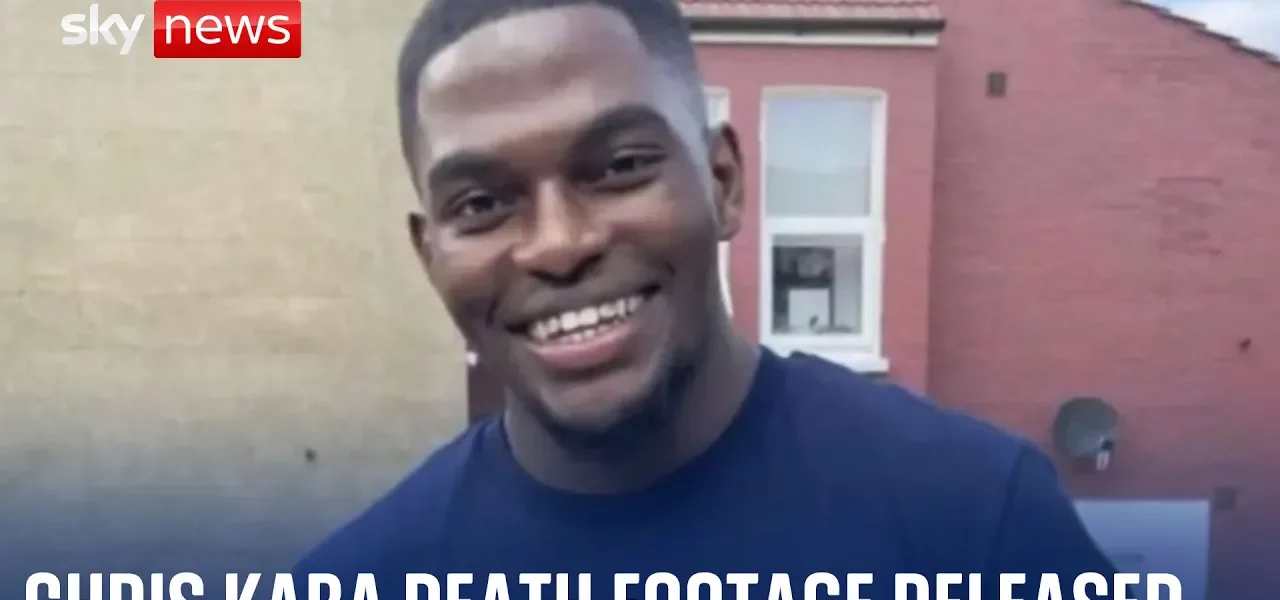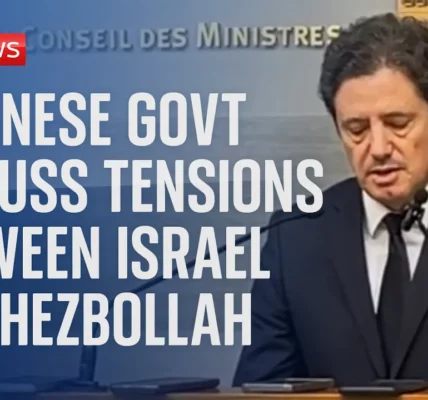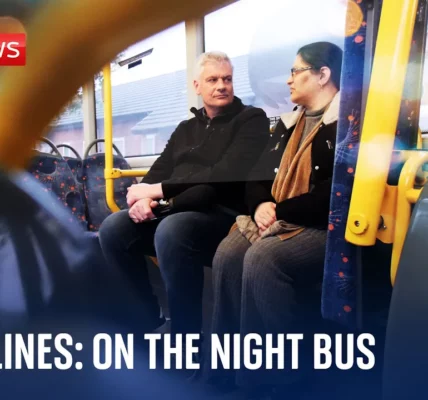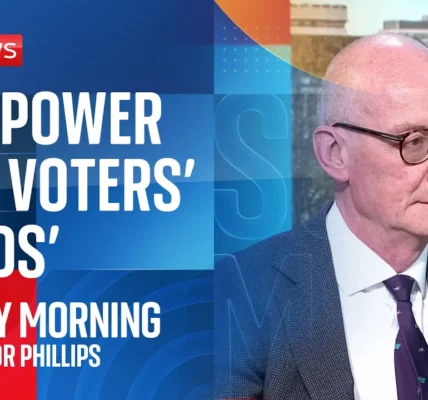Chris Caba Shooting Incident: An In-Depth Analysis

This article provides a comprehensive overview of the tragic shooting of Chris Caba in South London, discussing the events that transpired, the legal proceedings that followed, and the broader implications for police use of force.
Introduction
The shooting of Chris Caba, a 24-year-old man in South London, raised serious questions about police use of lethal force and the circumstances surrounding the tragic event. On the night prior to the shooting, Caba’s Audi Q8 was linked to a shooting incident, leading to a police pursuit. This article delves into the details of the incident, the ensuing legal battles, and the wider discussions on police accountability and the use of force in law enforcement.
The Incident: A Timeline of Events
Initial Pursuit
On a seemingly routine day, police began tailing a convoy of vehicles in South London, following a suspect’s Audi Q8 that had been implicated in a shooting the previous night. This pursuit quickly escalated when the vehicle turned onto a side street.
Boxed In
In a strategic move, police officers deployed a plan to box in the suspect’s vehicle, effectively surrounding the Audi with armed officers. The situation became tense as the Audi attempted to ram its way out of the blockade.
The Shooting
Approximately 17 seconds into the standoff, an officer, fearing for his colleagues’ safety, fired a shot that tragically struck Caba in the forehead, resulting in his death. Dashcam footage captured the chaos and intensity of the moment, showcasing the high-pressure environment officers were operating under.
The Aftermath and Investigation
Family’s Grief
In the wake of Caba’s death, his family sought answers, expressing their profound sorrow and confusion over the police’s decision to use lethal force. The questions they raised included:
- Why was lethal force necessary when Caba was boxed in?
- What threats did the officers perceive at that moment?
- Why was there no weapon found in the vehicle?
Public Outcry and Legal Proceedings
The incident sparked significant public outrage, leading to demonstrations that included high-profile figures demanding accountability for the police’s actions. Caba’s parents followed the legal proceedings closely, attending the trial of the firearms officer, Martin Blake, who faced charges of murder.
The Legal Battle
Trial and Verdict
During the trial, prosecutors argued that Officer Blake had no legitimate reason to fire his weapon, claiming he had provided false statements and exaggerated the perceived threat. Conversely, Blake maintained that he acted out of fear for his colleagues’ safety, believing that Caba was attempting to escape and could potentially harm officers.
Broader Implications for Police Policy
The trial highlighted the ongoing debate over police use of force. Following Caba’s death, the Metropolitan Police Commissioner called for better legal protections for officers using force on duty, emphasizing the need for consistency in the law applicable to all citizens, including law enforcement personnel. This has led to discussions about:
- Policies surrounding the use of lethal force by police officers.
- The balance between officer safety and public accountability.
- The psychological training and support for officers involved in high-stress situations.
Conclusion
The shooting of Chris Caba serves as a somber reminder of the complexities surrounding police interactions with the public and the tragic outcomes that can result. As the debate over police use of lethal force continues, it is crucial for both law enforcement agencies and communities to engage in meaningful conversations about accountability, safety, and the protection of human life. We encourage readers to stay informed about these issues and participate in discussions that could lead to positive changes in policing practices.
For more information on police accountability and related topics, consider reading our articles on Police Accountability and Use of Force Policies.
“`




